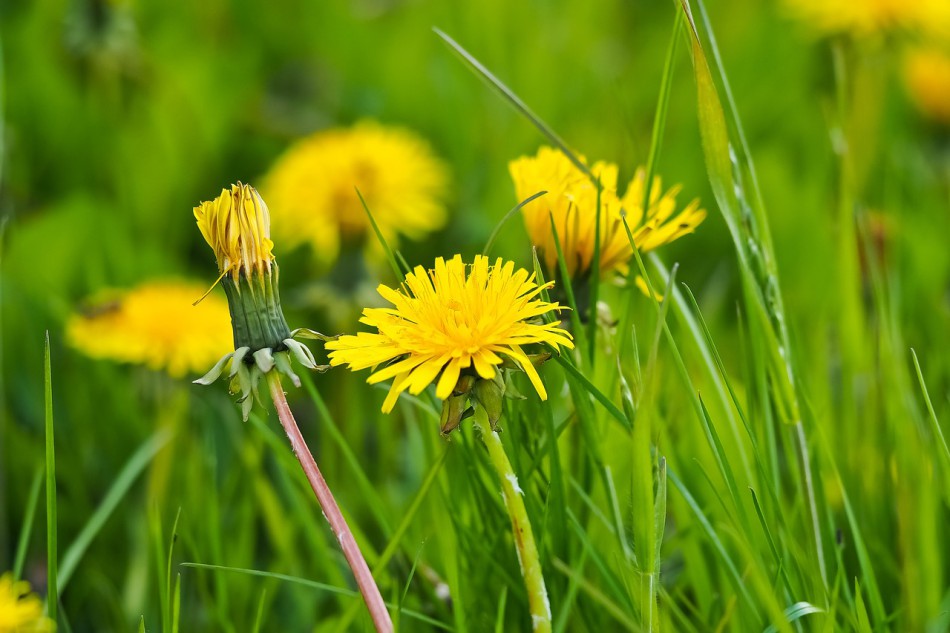A few hunter-gatherer societies still live on what they get off the land. But for most of the population worldwide, foraging is a lost art that disappeared a few generations ago. Fortunately, foraging is making a comeback.
Foraging is the age-old practice of gathering edibles from your surroundings. It involves searching for fruits, herbs, berries, blossoms, insects, and more. As we seek a connection with nature in our modern world, foraging links us to the land and its bounty.
If you want to know what, how, and where to forage, this article is for you.
What to forage
Edible plants
Your environment is a rich pantry with hundreds of edibles. If you are a beginner, you can start with nettle, one of the most accessible greens to identify. Other wild greens to add to your basket include dandelion, chickweed, purslane, and lambsquarters.
Besides greens, you can get berries in some places. If you know their ripening season, you may find raspberries, blueberries, blackberries, and wild strawberries.
Lastly, you can also forage for nuts and herbs. Some familiar nuts include walnuts, hazelnuts, and acorns, while herbs include nettle (again), fennel, thyme, and wild garlic to add flavors to your culinary adventures.
Mushrooms
Foraging for mushrooms needs expertise. So if you plan to pick mushrooms, learn extensively about mushrooms because picking the wrong kind can have disastrous consequences. Consult field guides, attend workshops, or join expert foragers before going alone.
With the proper knowledge, you can discover the sweet world of mushrooms, from the rare chanterelles to the elusive morels.

Seaweed
If you live near coastal areas, seaweeds offer a rich source of nutrients. Ensure you adhere to local regulations and don’t harvest endangered species.
How to forage
Educate yourself
Guides specific to your region can help you deepen your knowledge about wild edibles specific to your region. As mentioned, you can also attend workshops or join foraging groups.
Identification is vital in the wild. So understanding the plants you are harvesting not only leads to responsible foraging, but can also be the difference between life and death. For instance, pregnant women should avoid bog myrtle and chamomile, which may cause complications.
Respect plant life
Besides learning to identify plants and mushrooms, foraging involves respect for plants. The rule of thumb is to harvest only a third of the plant and leave the rest for caterpillars, insects, or others.
In short, don’t take more than you need to ensure the sustainability of the environment.
Tools
Standard tools to have when foraging include a basket, a small knife or scissors, and thick gloves. Gloves, for example, come in handy when harvesting nettles or fruits from thorny plants, while scissors may help for clean cuts.
Also, ensure your basket is airy to help disperse spores or seeds as you harvest.
Timing
Which fruit, herb, or green are you foraging for? Each plant has its season, and understanding the seasons can help you find what you want at its sweetest. Also, harvesting wild edibles in the morning ensures you get them fresh.
Where to forage
Legal considerations
Before you start foraging in public, ensure you know the local regulations. What can you take? What aren’t you allowed to disturb? Also, seek permission if you are foraging on private land.
Local parks, nature reserves, and forests
Some places allow people to forage in natural environments like nature reserves or parks. Take advantage of the biodiversity in these areas, but always stick to the guidelines.
Forests may also have trails where you can harvest berries and herbs. Remember, if you’re on a trail, pick fruits on top of the plant because the bottom ones are “dog lavatory height,”

Coastal regions
Coastal regions offer a variety of seaweeds if you know what to look for. You can forage in estuaries, mudflats, sea cliffs, dunes, and gullies along the coast.
Besides seaweeds, you can also pick foods like crustaceans and mollusks.
Community gardens and allocations
If allowed, community gardens can be an excellent place to forage. They also allow you to meet other foragers and be part of a group of people connecting with nature.
Places to avoid when foraging
When foraging, there are some places to avoid. First, don’t go “foraging” on private property unless you have explicit permission. Even if the owner doesn’t use the herbs or greens you want, ask for permission first or stick to public areas.
Also, in public places, learn local regulations because, for example, local authorities may not want you uprooting stuff in cities.
Remember that some fruits or herbs may be significantly contaminated in public areas. So avoid foraging close to farms because the edibles may be contaminated with pesticides and herbicides. Or avoid places near busy roads because your wild dish may have exhaust fumes, among other pollutants.
Takeaway
Responsible foraging involves continuous learning, ethical foraging, and a deep appreciation for your environment. You embark on a sustainable living journey by understanding what, when, and how to forage while embracing the ecosystem’s delicate balance.
Follow us on X, Facebook, or Pinterest

